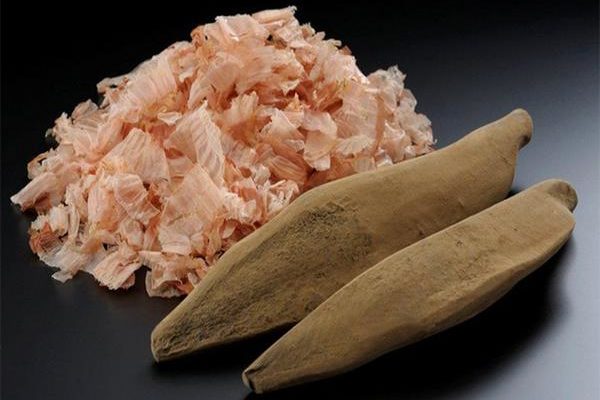What is Bonito: Exploring the Rich Flavors and Culinary Uses of this Japanese Delicacy
Bonito is a prized ingredient in Japanese cuisine, known for its unique flavor and versatility. In this article, we will delve into the world of bonito, exploring its origin, characteristics, and various culinary applications. Whether you're a seasoned food enthusiast or new to the world of Japanese flavors, understanding what bonito is will open up a world of culinary possibilities.

Bonito Fish
I. Understanding Bonito:
A. Brief Overview:
1. Bonito, known as "katsuo" in Japan, refers to several species of fish in the Scombridae family, including skipjack and bonito tuna.
2. It is highly regarded for its rich umami flavor and distinctive aroma.
B. Traditional Drying and Smoking Techniques:
1. Bonito is traditionally prepared using a method called "katsuobushi."
2. The fish is filleted, simmered, and then dried and smoked to enhance its flavor and preserve it for longer shelf life.
II. Flavor Profile and Culinary Uses:
A. Umami-Rich Flavor:
1. Bonito is known for its strong umami taste, which adds depth and complexity to dishes.
2. It imparts a savory, slightly smoky, and fishy flavor that enhances various preparations.
B. Culinary Applications:
1. Dashi: Bonito flakes are a key ingredient in dashi, a flavorful Japanese stock used as a base for soups, sauces, and marinades.
2. Furikake: Bonito is often incorporated into furikake, a popular seasoning blend sprinkled over rice or used as a topping for various dishes.
3. Tsukudani: Bonito can be simmered in soy sauce, mirin, and other seasonings to create a savory and sweet tsukudani, enjoyed as a condiment or side dish.
4. Toppings: Bonito flakes are commonly used as a topping for okonomiyaki, takoyaki, and other Japanese savory pancakes and snacks.
III. Health Benefits of Bonito:
A. Protein-Rich:
1. Bonito is an excellent source of lean protein, promoting muscle growth and repair.
2. It provides essential amino acids necessary for various bodily functions.
B. Omega-3 Fatty Acids:
1. Bonito is rich in omega-3 fatty acids, which support heart health and reduce inflammation.
2. Omega-3 fatty acids are essential for brain function and may help improve cognitive abilities.
IV. Sustainability and Responsible Sourcing:
A. Conservation Efforts:
1. Due to increased demand, there has been a focus on sustainable fishing practices for bonito.
2. Efforts are made to prevent overfishing and protect the marine ecosystem.
B. Responsible Sourcing:
1. Look for bonito products that are sourced from sustainable fisheries and certified by relevant organizations.
2. Responsible sourcing ensures the long-term availability of bonito and supports ethical fishing practices.
V. Exploring Bonito in Culinary Adventures:
A. Traditional Japanese Recipes:
1. Try classic Japanese dishes like miso soup, oyakodon, or sushi rolls that incorporate bonito flavors.
2. These recipes will provide an authentic taste of Japanese cuisine.
B. Fusion Creations:
1. Experiment with fusion recipes by adding bonito flakes to pasta, salads, or grilled vegetables.
2. The umami-rich flavor of bonito can elevate various cuisines and add a unique twist to familiar dishes.

Katsuobushi (Bonito Flake)
Bonito, with its distinctive flavor and rich umami profile, plays a significant role in Japanese culinary traditions. Understanding what bonito is opens up a world of culinary exploration, from creating dashi-based soups to incorporating bonito flakes in fusion dishes. As you embark on your culinary journey, remember to choose sustainably sourced bonito to support responsible fishing practices and ensure the longevity of this cherished ingredient